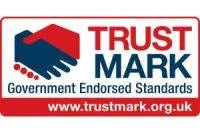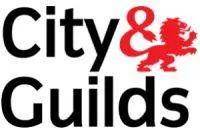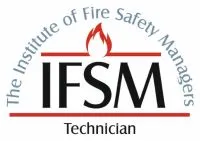
Asbestos is a mineral which is made up of fibrous silicates. Asbestos was once used in buildings and in many other products because the fibers of this material are resistant to heat, fire, and electricity. It was also thought that asbestos could help reduce the risk of infectious diseases.
However, more recent research has linked exposure to asbestos to serious health risks such as mesothelioma and lung cancer. Asbestos occurs naturally but sometimes it can also be found in mines or after an industrial accident. You may also come across asbestos in the buildings of older homes or other structures built before 1980.
In an asbestos management survey, we first identify the areas and materials within a property that are likely to contain asbestos.
We then collect samples from these suspected materials to analyse their composition and assess the associated health risks.
This process enables us to determine the necessity and scope of any remedial measures required to manage and mitigate asbestos exposure.
Under the Control of Asbestos Regulations 2012, landlords and managers of shared residential properties in England are assigned certain duties.
These regulations mandate undertaking asbestos surveys to identify and manage asbestos-containing materials in common areas of residential buildings.
Hence, while private, non-shared residences aren’t typically subject to this requirement, shared housing and rental properties must comply to guarantee safety and legal adherence.
An asbestos management survey systematically examines various areas and materials within a building to identify the presence of asbestos. Here’s what we typically inspect:
We’re committed to maintaining rigorous compliance standards and implementing the latest safety protocols.
Each inspection is methodically planned to align with established survey frequency, confirming that all evaluations are thorough and meet the highest level of professional scrutiny.

The procedure entails a thorough examination of the electrical systems and equipment by a qualified electrician. This involves not only inspecting for wear and tear but also verifying that the installation complies with current technical standards mandated by industry regulations. By conducting this, we can prevent potential dangers like electrical shocks or fires, which could be disastrous.
Furthermore, routine EICRs contribute significantly to efficient property maintenance. They aid us in identifying issues early on, which could otherwise result in costly repairs or replacements in the future. Maintaining the electrical system in line with regulatory requirements not only improves safety but also safeguards the property’s value.
As responsible residents, we comprehend that investing in regular EICRs isn’t just a regulatory duty but a wise practice to safeguard our homes and loved ones.

Why do we collect samples during an asbestos management survey? Sampling is a critical element, guaranteeing that we accurately identify the presence of asbestos-containing materials (ACMS). We employ rigorous sampling techniques and adhere to established safety protocols to mitigate exposure risks. Each sample undergoes precise material analysis in certified laboratories, determining the asbestos type and concentration.
This methodical approach is pivotal for extensive risk evaluation. We assess the condition of ACMS, accessibility, and potential for fibre release. This assessment informs our management strategies, prioritising areas with higher risks due to deteriorated materials or frequent human activity.
Our practices align with strict regulatory compliance, ensuring all procedures meet legal requirements and protect property and health. We identify hazards by integrating advanced analytical methods and up-to-date safety standards, and strategise effective containment and removal plans.
Through this meticulous process, we guarantee that all aspects of asbestos risk are managed appropriately, supporting long-term safety and minimising the health impacts associated with asbestos exposure. This level of detail and precision underscores our commitment to delivering thorough and reliable asbestos management surveys.
We primarily aim to identify asbestos-containing materials (ACMS) within a given property in an asbestos survey.
This process guarantees compliance with safety regulations and helps formulate an effective management plan to mitigate risks.
Most importantly, by accurately locating and evaluating ACMS, we safeguard the health of occupants and workers from asbestos-related diseases.
Accurate identification is essential for effectively managing asbestos-containing materials (ACMS) in any building or construction site.
We’ll explore various asbestos identification techniques essential for mapping out a safe and compliant management plan.
During our inspections, we focus on identifying any deterioration, defects, or non-compliances that could pose potential safety hazards. Each circuit is tested for continuity, insulation resistance, polarity, and earth fault loop impedance to verify that safety measures are strong and reliable. We also assess the adequacy of earthing and bonding—key components that contribute significantly to overall electrical safety.
Our detailed reports provide clear, actionable insights and prioritize any remedial actions required to bring the electrical installations up to standard. This documentation is essential for homeowners, landlords, and property managers as it not only enhances safety but also aids in preserving the property’s value and compliance with legal standards.
Trained professionals perform initial assessments using their expertise to identify potential ACMS visually. This method, while efficient, often requires follow-up with more definitive testing to confirm the presence of asbestos.
Samples of suspected materials are collected systematically and sent to accredited labs. Advanced asbestos testing methods, such as polarised light microscopy (PLM) or transmission electron microscopy (TEM), confirm the material's composition.
We analyse construction documents and historical records of the building to identify areas likely constructed with asbestos-containing materials, aligning this with ACM regulatory guidelines.
As conditions change, continuous monitoring and periodic reassessment guarantee that initial evaluations remain valid and new risks are identified promptly.
Ensure compliance and protect health
Having mapped out how to identify asbestos-containing materials, we now focus on the primary goals of an asbestos survey: guaranteeing compliance with health and safety regulations and protecting public health.
Recent asbestos legislation updates mandate rigorous compliance enforcement strategies that our surveys are designed to meet. We explore survey methodologies comparison to tailor the most effective approach for each site, enhancing the precision of our health risk assessments.
If you manage or are responsible for non-domestic buildings, an asbestos management plan isn’t just advisable; it’s a requirement.
This plan guarantees that occupants and workers are protected from the potential hazards of asbestos exposure.
Asbestos, a hazardous material found in many older buildings, requires a rigorous management plan in non-domestic structures to comply with safety regulations. We must guarantee that our approach is compliant and effectively mitigates the risks associated with asbestos exposure.
Here's how we tackle this vital issue:
Hazard Identification: We first conduct thorough surveys and assessments to identify the presence and condition of asbestos-containing materials (ACMS). This step is essential for determining the scope of management needed.
Risk Management: Based on the findings, we develop and implement a management plan outlining handling and control ACMS safely. This includes determining risk levels and deciding on abatement or encapsulation strategies.
Compliance Training: We provide extensive training for all personnel involved in asbestos management. This guarantees everyone understands the asbestos regulations, maintains building safety, and executes the management plan effectively.
Continual Review and Monitoring**: Because ACMS's condition can change, we monitor them continuously and review the management plan regularly. This dynamic approach helps us adapt to new findings or deteriorations in the material's condition.
Through rigorous asbestos management plans, we comply with legal requirements and protect the health and safety of everyone who occupies or works in these buildings.
Implementing thorough asbestos safety protocols is pivotal. Our approach includes regular audits and updates to guarantee alignment with the latest regulatory compliance updates. This proactive stance mitigates the risks of asbestos exposure, safeguarding building occupants and maintenance staff.
We've established detailed worker training programs that equip our team with knowledge and practical skills to safely handle asbestos-containing materials (ACMS).
These training sessions are critical, as they prevent health hazards and guarantee that our interventions are carried out with utmost precision and care.
Furthermore, our emergency response planning is designed to address unforeseen asbestos-related incidents efficiently. We dramatically reduce potential health risks by preparing our staff to respond swiftly and effectively.
Our building maintenance strategies are meticulously crafted. They integrate asbestos management into routine procedures, guaranteeing that ACMS integrity is maintained and any deterioration is addressed promptly.
This systematic maintenance is essential for preventing asbestos fibres from becoming airborne and maintaining a safe environment.
When considering the initial indicators of asbestos exposure, it’s essential to understand that early symptoms often appear trivial, such as persistent coughing or subtle changes in breathing patterns.
However, these seemingly minor signs can escalate as the duration of exposure increases, leading to more severe respiratory issues.
Prolonged contact with asbestos fibres greatly heightens the risk of developing serious diseases such as asbestosis, lung cancer, or mesothelioma, underscoring the importance of early detection and intervention.
Initial symptoms of asbestos exposure often present subtly, making them easy to overlook. We must understand these early signs as they’re vital for timely intervention. Recognising these minor symptoms can mitigate health implications before more severe conditions develop. The initial indicators primarily involve respiratory issues due to the inhalation of asbestos fibres, which can have delayed effects on health.
Here’s a detailed breakdown of the primary symptoms:
It’s essential to note that these symptoms can appear subtle and are easily mistaken for less serious conditions. However, their persistence might suggest early asbestos exposure, necessitating further medical evaluation and environmental assessment.
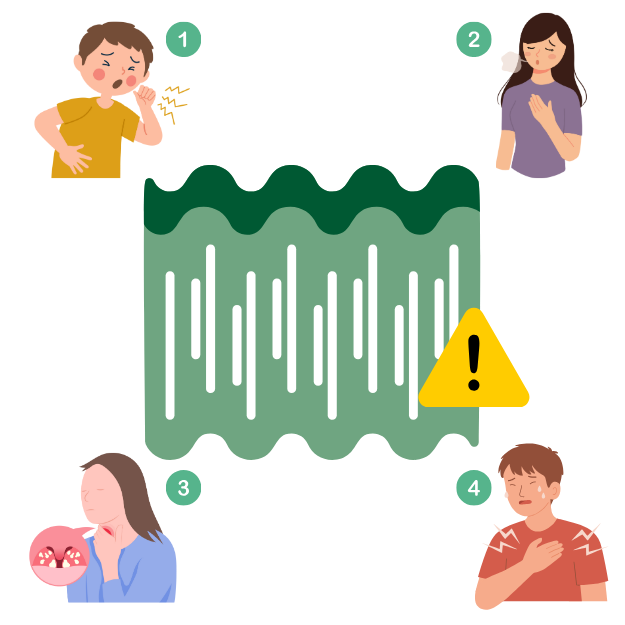
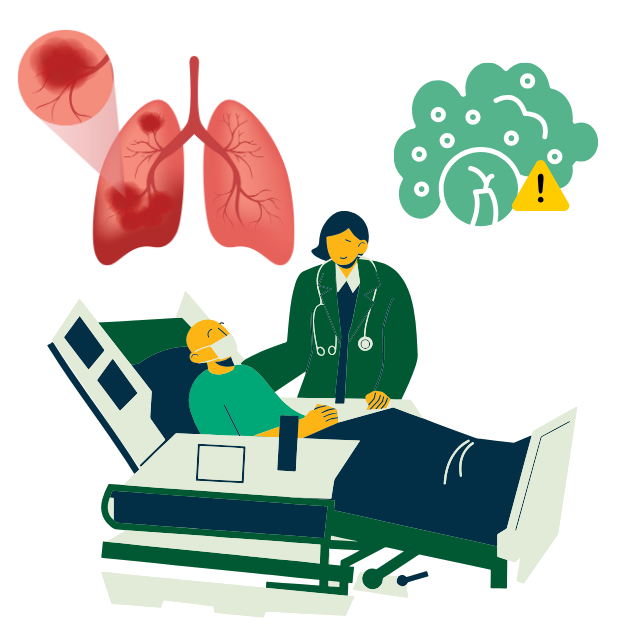
As long-term asbestos exposure continues, the risk of developing serious illnesses markedly increases. We need to understand the progression from initial exposure symptoms to chronic conditions. Early signs often include persistent respiratory issues such as coughing and shortness of breath, which can escalate into more severe health effects.
Asbestos dangers aren’t immediate, but cumulative, affecting lung tissue and leading to diseases like asbestosis, lung cancer, and mesothelioma. These conditions don’t manifest until decades after the initial exposure. This latency period complicates diagnosis and treatment, emphasising the significance of early detection and prevention strategies.
Implementing extensive asbestos management plans is essential. These should include regular monitoring of air quality in at-risk environments and adherence to stringent removal protocols, minimising further exposure. Awareness and training programs can equip individuals with the knowledge to avoid contaminated areas.
Moreover, the legal implications of asbestos exposure underscore the responsibility of employers and building owners to guarantee that safety standards are met. Failure to comply can lead to severe penalties and litigation, as the health effects of asbestos are well-documented and acknowledged in regulations worldwide.
Determining the frequency of asbestos management surveys hinges on several factors, including building age and usage.
Considering that a significant percentage of UK houses built before 2000 may contain asbestos, it is essential to assess whether an asbestos survey is justified for your property.
Regular surveys comply with safety regulations and guarantee the ongoing protection of occupants from exposure risks.
Outdated wiring, for example, may not cope with the current demands placed on it by modern appliances, leading to overheating and potentially fires. Insufficient circuit protection, on the other hand, fails to safeguard against electrical shock and fire, posing serious risks to inhabitants.
Moreover, another frequent finding is the lack of proper earthing and bonding. This defect is particularly worrying as it compromises the entire electrical installation’s safety, increasing the likelihood of electrical shocks. It’s essential to make sure that all metallic parts presumed to have no electricity passing through them are properly earthed.
We also encounter numerous instances of DIY modifications that violate regulatory standards. Such alterations often include improper junctions and use of non-compliant materials that not only contravene regulations but also introduce numerous safety risks.
These common faults need thorough examination and rectification to align with the stringent requirements set forth by the latest electrical codes and standards
Many UK homes, particularly those built before 2000, will likely contain asbestos. Asbestos prevalence statistics indicate that approximately 50% of UK properties contain some form of asbestos, especially in structures erected between the 1950s and 1980s. This widespread use stems primarily from asbestos’s popularity as a building material, lauded for its insulation and fire-resistant properties.
Understanding this prevalence is vital for conducting effective health risk assessments and shaping homeowner awareness initiatives. When disturbed, asbestos poses significant health risks, including asbestosis and mesothelioma, necessitating meticulous management and often removal.
The presence of asbestos can also profoundly impact homeowners’ property values. Properties known to contain asbestos generally require lower market valuations or financial adjustments to account for the potential costs of asbestos removal.
Integrating historical building materials data into current property assessments is important to safeguard public health and economic interests. This integration supports the development of extensive management strategies, ensuring that all potential risks are appropriately mitigated.


Frequently Asked Questions
It identifies and assesses asbestos-containing materials (ACMs) in buildings. Required for properties built before 2000, it helps manage asbestos safely and ensures compliance with UK regulations.
Surprisingly, we can't just glance at the clock for this one. Survey duration depends on building size, asbestos survey types, team expertise, and regulatory compliance. Each factor intricately impacts the time needed to complete it.
We're evaluating whether health risks exist during surveys. Proper risk evaluations, stringent health regulations, and effective protective measures greatly minimise asbestos exposure and ensure survey safety. Mastering these protocols is essential for ideal protection.
We can confirm that during survey procedures, your presence in the building is generally discouraged to guarantee asbestos safety. Building access is limited to enhance effectiveness and maintain strict adherence to safety protocols for all involved.
We should navigate the murky waters of asbestos regulations by updating our survey every year, adhering to survey frequency guidelines, emphasising risk assessment, and diligently reviewing documentation to meet our responsibilities as property owners.
Asbestos surveyors must hold recognised certifications, possess extensive professional experience, and be proficient in advanced inspection techniques. Their expertise guarantees rigorous risk assessments aligned with strict asbestos regulations.


